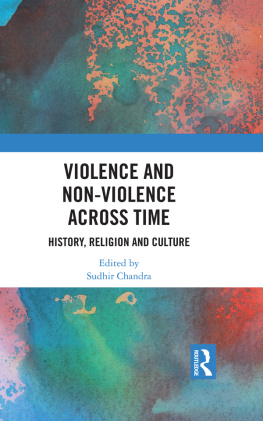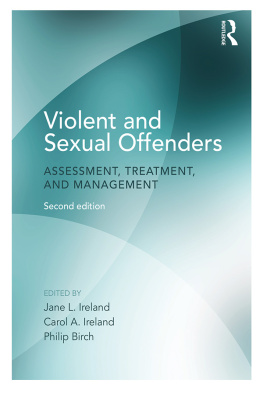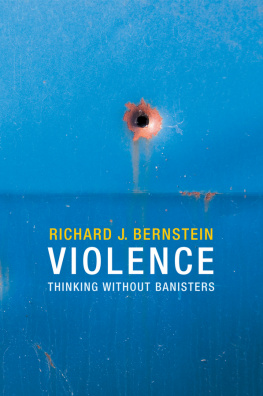Violence and Risk in Medieval Iceland

Great Clarendon Street, Oxford, OX2 6DP, United Kingdom
Oxford University Press is a department of the University of Oxford. It furthers the Universitys objective of excellence in research, scholarship, and education by publishing worldwide. Oxford is a registered trade mark of Oxford University Press in the UK and in certain other countries
Oren Falk 2021
The moral rights of the author have been asserted
First Edition published in 2021
Impression: 1
All rights reserved. No part of this publication may be reproduced, stored in a retrieval system, or transmitted, in any form or by any means, without the prior permission in writing of Oxford University Press, or as expressly permitted by law, by licence or under terms agreed with the appropriate reprographics rights organization. Enquiries concerning reproduction outside the scope of the above should be sent to the Rights Department, Oxford University Press, at the address above
You must not circulate this work in any other form and you must impose this same condition on any acquirer
Published in the United States of America by Oxford University Press
198 Madison Avenue, New York, NY 10016, United States of America
British Library Cataloguing in Publication Data
Data available
Library of Congress Control Number: 2020951617
ISBN 9780198866046
ebook ISBN 9780192635570
DOI: 10.1093/oso/9780198866046.001.0001
Printed and bound by CPI Group (UK) Ltd, Croydon, CR0 4YY
Links to third party websites are provided by Oxford in good faith and for information only. Oxford disclaims any responsibility for the materials contained in any third party website referenced in this work.
Preface, or: How to Use This Book
Why Cant Young Scholars Write Their Second Books First? asked Marjorie Garber, plaintively, some years ago. Her column was a rallying cry for humanities disciplines to adjust their incentive and requirement structures, so that novice scholars might bypass the tedious apprenticeship of a proficiency-proving, tenure-securing first book (which no one wants to write and even fewer want to read). Instead, she argued, professionalization should steer junior scholars directly towards the bolder, riskier originality of an intellectual master work: The second book is yours. Not your advisers, not your committees. Your fantasy. Your whole and holistic creation. Lets figure out how to let you write it straight away.
If there was any irony in Garbers title, it has been lost on me. I have taken her injunction literally (compromising only on the question of youth). The book you hold in your hands is the first I wrote, substantially completed by 2008. Unable to publish it at the time, I was, miraculously, fortunate enough to squeeze through the disciplinary credentialling process nonetheless. My second book appeared in 2015; the present volume then underwent substantial revision from 2017 before finally, happily, finding a publisher. I hope that this ageing scholars second first book proves to possess the kind of risk-taking, imaginative, vaulting ambition Garber would endorse.
This book deals with several topics: what to make of violence in historical fact and representation; what to make of the texts that serve as sources for historians; and, inevitably, what to make of the specific passages, mostly drawn from medieval Icelandic sagas, that provide the grist for my analysis. The book should thus be of interest to a number of potential audiences: those who study violence; those who study history; and those who study the textual heritage of medieval Iceland. These audiences may certainly overlap, but not all readers will be equally interested in all three aspects of my discussion. The main body of the text is addressed to all three audiences; all should be able to follow it without worrying about what goes on in the footnotes, which are directed at satisfying the curiosity of the specialists. Only those who, like me, enjoy diving into the minutiae of the argument (or their students, who are forced to do so) need read the footnotes.
Except as otherwise noted, all translations here are mine. In translating the sagas, I retain their distinctive, seemingly free alternation of tenses. Quotations from medieval texts follow the orthography of the editions consulted. When writing in my own voice, I normalize Old Norse names and texts to standardized, thirteenth-century spelling.
Medieval Norsemen and present-day Icelanders typically identify by patronym (e.g. Snorri Sturluson), sometimes matronym, rather than by fixed surname. Accordingly, in keeping with Icelandic practice, I refer back to persons previously identified by given name only (Snorri), and I alphabetize bibliographical references to Icelandic authors by given name, excepting those who use a true surname (e.g.












